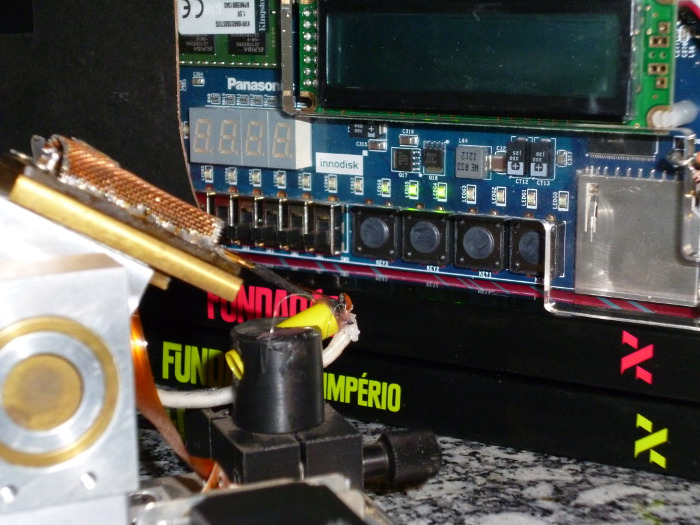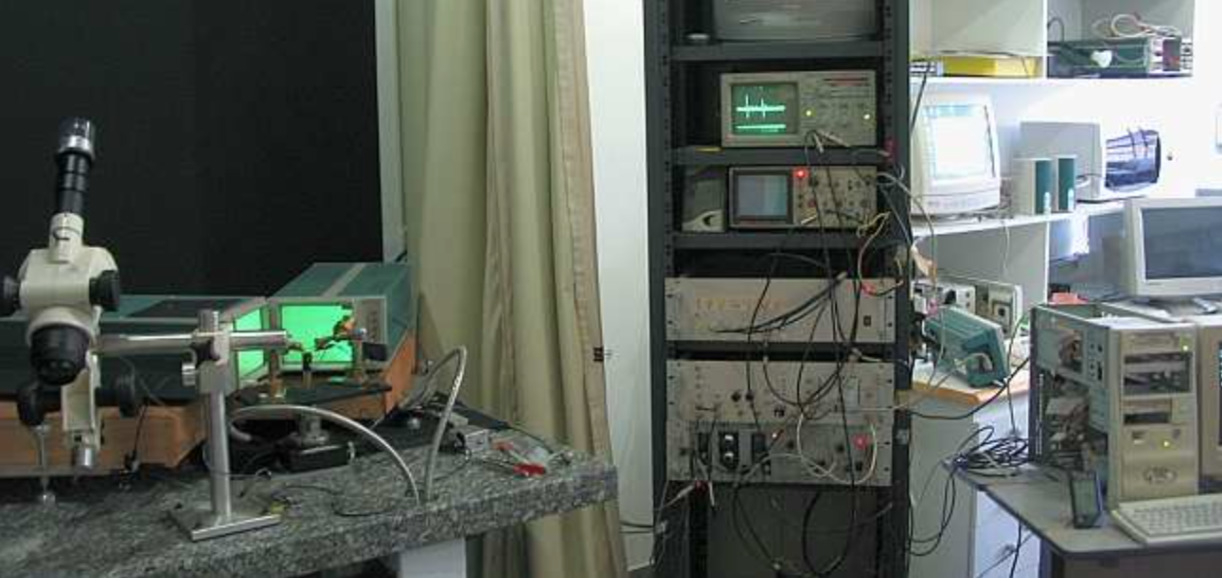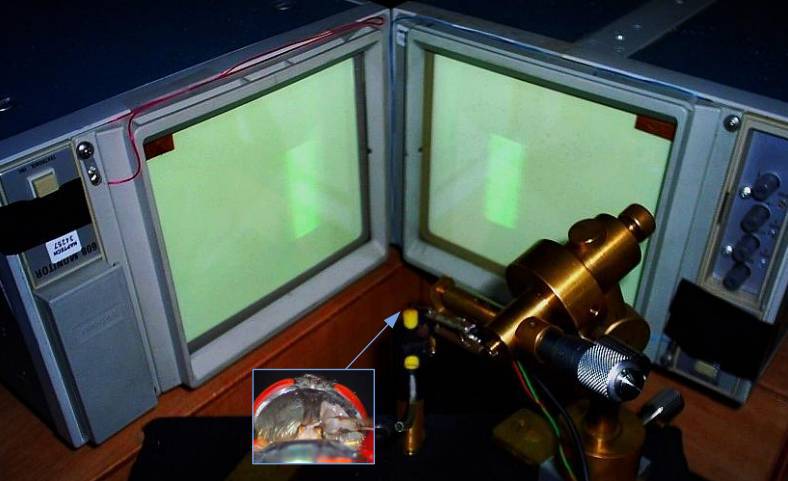Dedicated Computational Instrumentation
To understand scientifically a system consist in predict how it modify its environment and adapt itself dynamically to a certain set of stimuli. Althought certain systems respond linearly, allowing reduce the comprehension of the whole to the comprehension of its individual parts, biological systems usually are highly non-linear, showing behaviours dependent of the past history, complex dynamics and stochastic properties. Study this phenomenas demands highly controlled and highly reproducible experiments, only possible by dedicated instrumentation.

Despite the existence of several commercial solutions, as state-of-art experiments become more complex, the complexity of the instrumentation increases equally, which demands dedicated local solutions with high technical quality. A multidisciplinary team is necessary for such development, envolving biology, chemestry, real-time operating systems, low-level driver development, digital signal processing, graphical interfaces, analog and digital electronics, mathemathics and physics.
Our group makes state-of-art computational instrumentation (Figure 1) for more than 20 years, using programmable logic devices (FPGA - dedicated logic circuits) and electronics with the most contemporary programming paradigms (Functional programming, for example) to develop dedicated hardware for closed-loop experiments (biological-electrical interface, acquisition system, host computer with real-time operating system, stimuli controller and stimuli generator).
VSImG and the fly visual system

The fly has a very high speed visual perception (500 Hz, in contrast with the about 30 Hz for humans), which makes common monitors inadequate experiments with such animal. To exemplify the complexity of such requirement, for a 256x256 monochromatic picture, there is 64 KBytes per frame. In a 500 Hz rate, we need a 31 MBytes/s bus speed communication. To make things worse, we must assure determinism, i.e., independent of the computer usage, operational system schedule, network package income, or anything else, the simuli must be generated with the same rate, with no delay or timing correction. This high-speed communication must also consider the length of the wire as well as the connectors impedance.

In our laboratory, a complete visual generator was made (Figure 2, Figure 3) using Tektronix® X-Y video monitor drivered by dedicated electronics (analogous to a video board) that can be controlled by a computer using a common parallel port interface (old printer connector). This system is controlled by a Linux Real-Time operating system (RTAI - Real Time Application Interface) with a Graphical User Interface build with Python Language. More details of this equipment are described in this paper.
